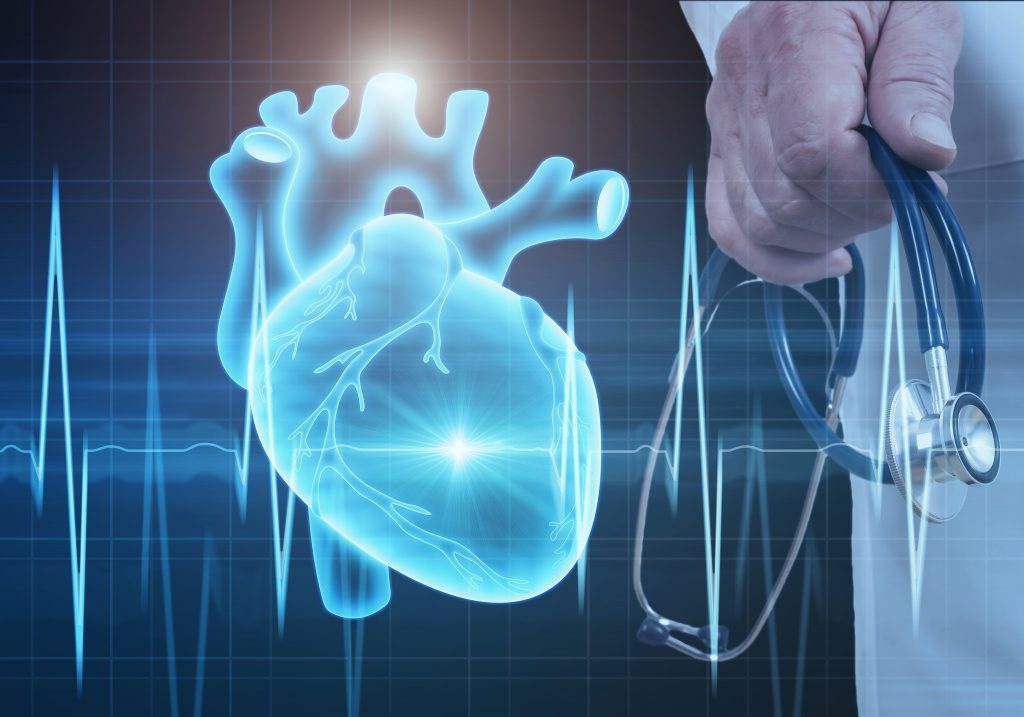Cardiology
Cardiology
Ram Mangal Heart Foundation’s cardiology department caters to all heart-related tests to diagnose all the diseases related to the heart. We have been adapting to all the new cardiology tests to help people and understand all the problems which are affecting their heart..

2D ECHO
2D Echocardiography or 2D Echo of the heart is a test in which ultrasound technique is used to take pictures of the heart. It will be displayed in a cross-sectional 'slice' of the beating heart, showing chambers, valves and the major blood vessels of the heart.
Stress test
A stress test is a test of a cardiovascular capacity made by monitoring the heart rate during a period of increasingly strenuous exercise. It is also called an exercise stress test, which shows how your heart works during physical activity.
Pediatric 2D Echo
A Pediatric 2D Echo is a test that uses sound waves (ultrasound) to create images of the heart. A Doppler test uses sound waves to measure the speed and direction of blood flow. By combining these tests, a pediatric cardiologist gets useful information about the heart’s anatomy and function. This type of test is the most common test used in children to diagnose or rule out heart disease and also to follow children who have already been diagnosed with a heart problem. This test can be performed on children of all ages and sizes including fetuses and newborns.
TRANS ESOPHAGEAL ECHO
TEE is a test that uses sound waves to create high-quality moving pictures of the heart and its blood vessels.TEE is a type of echocardiography (echo) which shows the size and shape of the heart and how well the heart chambers and valves are working. Echo can pinpoint areas of the heart muscle that aren't contracting well because of poor blood flow or injury from a previous heart attack. Echo also can detect possible blood clots inside the heart, fluid buildup in the pericardium (the sac around the heart), and problems with the aorta. The aorta is the main artery that carries oxygen-rich blood from your heart to your body.
Global Longitudinal Strain
Global longitudinal strain (GLS) is used to measure systolic function. It is used to diagnose and exclude acute coronary heart disease better than Left Ventricular Ejection Fraction.
Electrocardiogram (ECG)
This test records the electrical activity of the heart, shows abnormal rhythms (arrhythmias), and can sometimes detect heart muscle damage.
